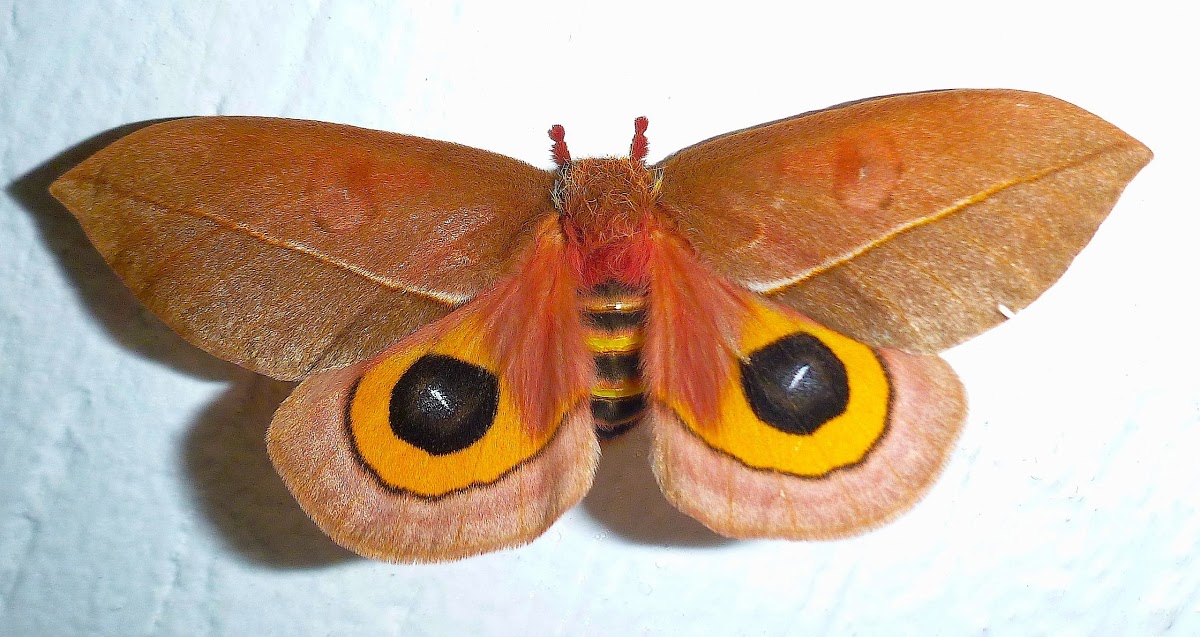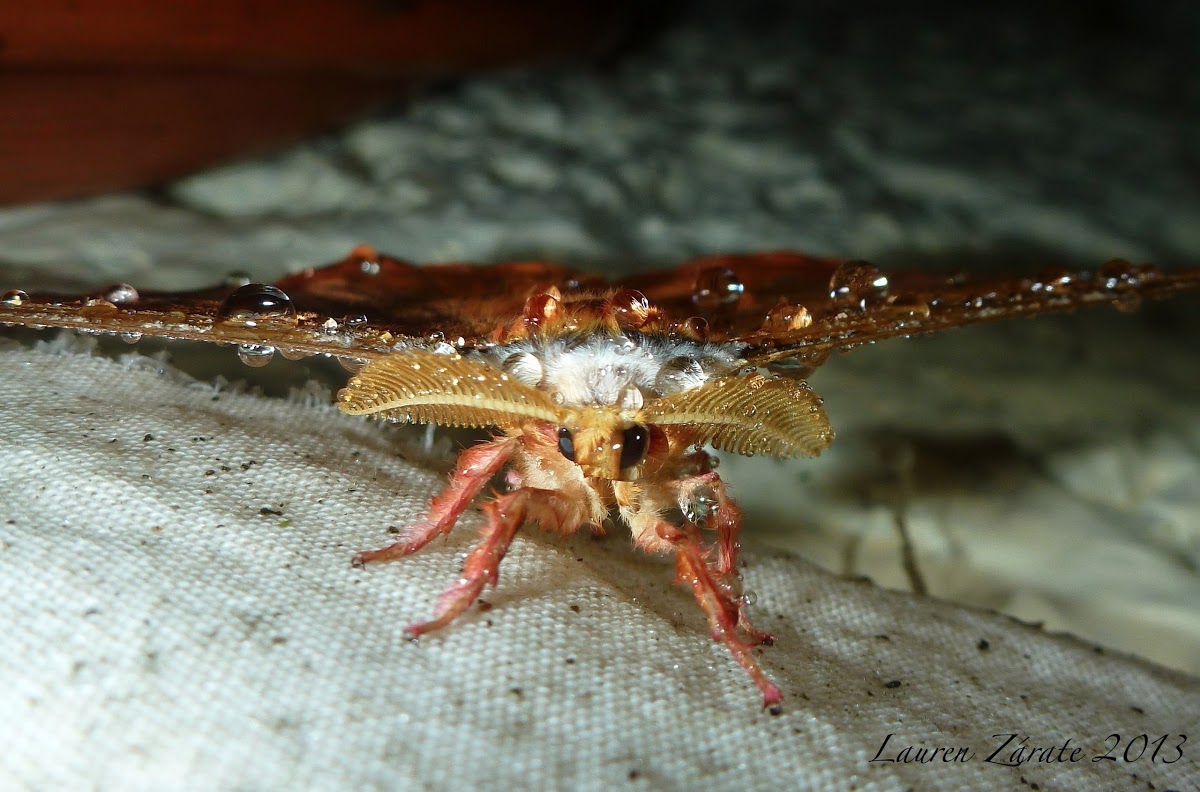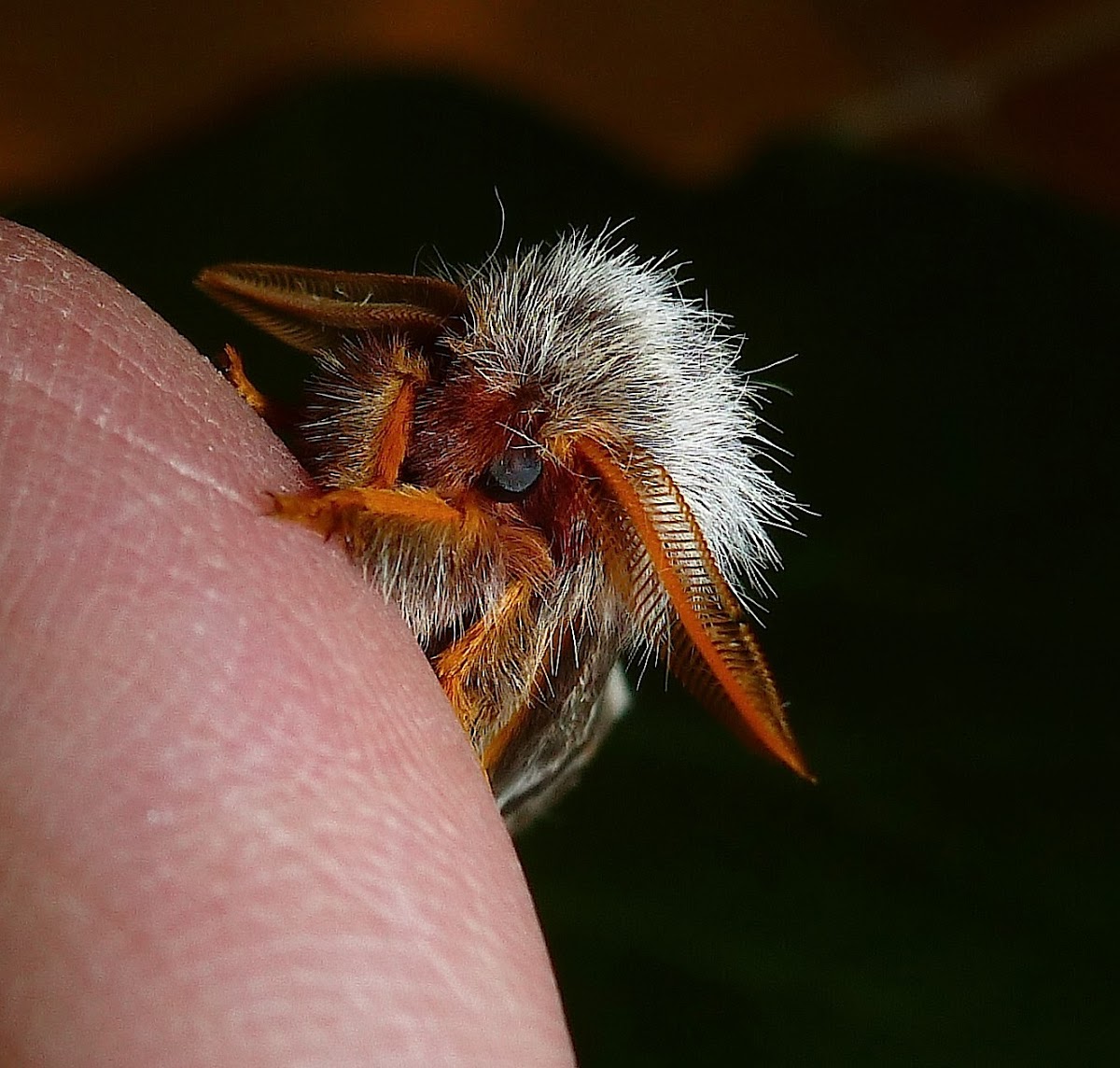I LOVE insects and enjoy photographing them for display on Project Noah. National (and International) Moth Week is a wonderful way to create attention for the magnificance and variability of one of the largest and least seen groups of the insects. Their beauty, breathtaking adaptive coloration and camouflage make them fascinating subjects and can scarcely be surpassed by their importance in nature and as pollinators of many plant species. At least half of my more than 1,600 spotting on Project Noah are of Moths from Mexico. Remember to bring a magnifying glass to your National Moth Week experience and get a look at the tiniest moths up close! They are usually surprisingly colorful!

I am a Medical Entomologist and grew up on a ranch on Mt. Diablo near Clayton, California. After receiving my doctorate at UC Berkeley, I came to Mexico where I have lived and worked for more than 30 years. I live at 2,200 meters in San Cristobal de Las Casas, in the State of Chiapas which is a paradise for insects and especially moths! I keep an ultraviolet light facing the mountains and the valley wetlands and I see something new and different every night. My husband and children have insects around them all the time and are just as fascinated by the diversity and overwhelming ingenuity of the insects. Chiapas is one of the few places in the world with amber, a fossilized tree resin that in our case is around 30 million years old and is frequently found with insects. It is unbelievable to hold an insect in amber that is 30 million years old, looks exactly like it’s decendents found today, yet existed before we humans could even call ourselves a species.

Without the insects, the Earth would cease to function and moths play a vital role in the overall health and balance of our environment. The more we see of them, the more we realize how fascinating our world is.
